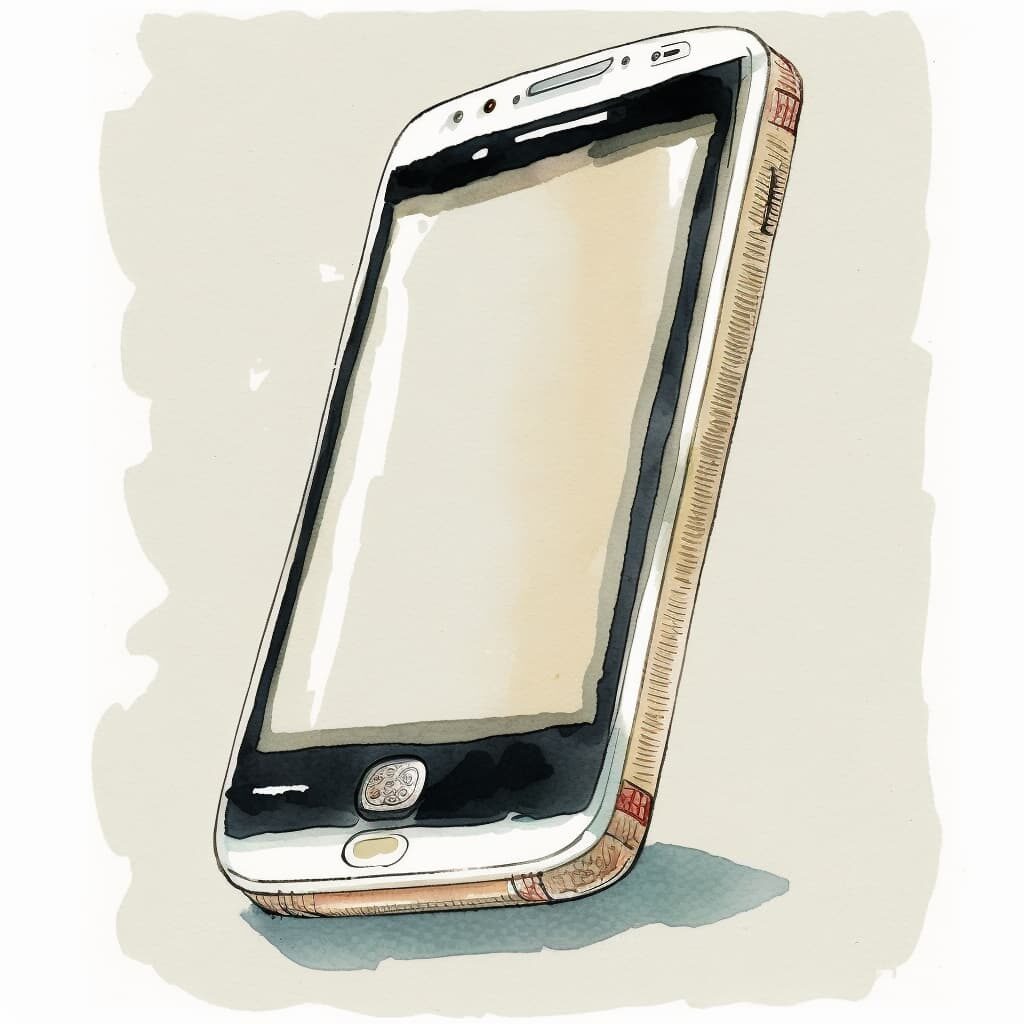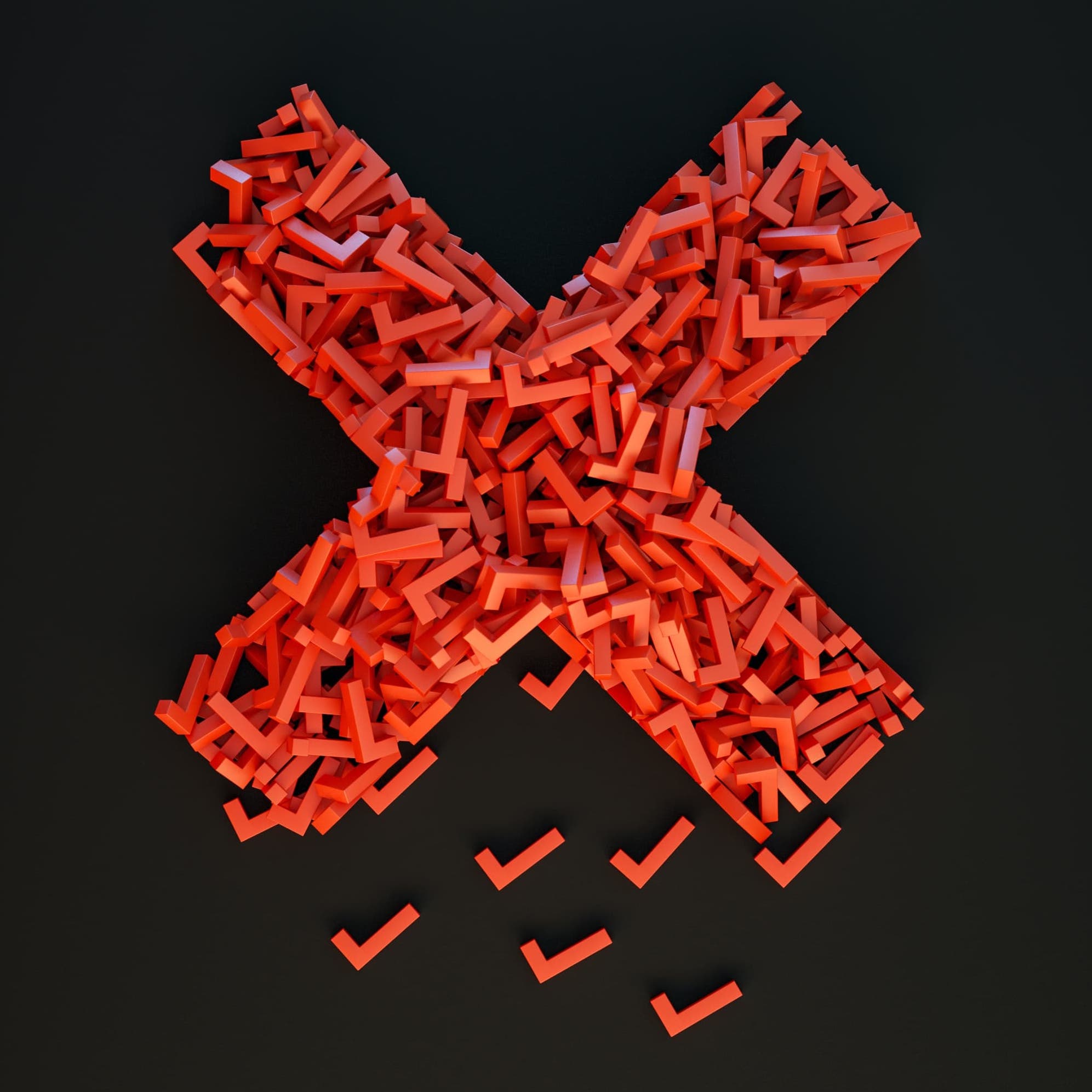Behavioral Product Critique Summary
- Routinery is simple and fairly elegant. It is, in short, a trigger delivery app. Its main value proposition is that it reminds you when to do your pre-defined daily routines.
- Triggers, while important, generally do not have a large impact on self improvement behaviors.
- Routinery only influences one of the three major components of behavior (trigger, ability, motivation).
- The application has multiple copywriting and UX issues that make the experience worse.
- Given all this, Routinery is unlikely to drive significant behavior change.
- Routinery doesn’t seem to be based on much behavioral science research.
Behavioral Product Critique
The above video is an example of a Behavioral Product Critique, also called a Behavioral Audit. The goal is to analyze a product through the behavioral science lens to better understand how it changes behavior, and how it can do a better job at changing behavior. Routinery claims to be based on behavioral science research, but is not a good example of effective product design based on behavioral science.
Auto-Generated Transcript
This is a behavioral science product critique of Routinery, the self-care routine. They say “based on behavioral science.” So they’re really pushing this behavioral science angle, the behavioral science credibility angle, really hard.
Let’s see, 2 million worldwide. So they’re just trying to show you, the potential user, that they have a ton of users. They’re using a social proof angle here. Interesting. They also have this 2022 app of the day. In my mind, that’s probably just as impactful. So I’d probably make that a little bigger.
Let’s see here. So they have a screenshot of drinking water. One minute timer, it looks like with a check mark. It’s hard to tell, but it does seem like that it’s a glorified to-do list, at least from these screenshots so far. So build routines, create a routine list, add habits, add a detailed habit. Start timer. Just do it in order. Get inspired. Explore the routines. Recommend some habits easily. Feedback. How did you feel today? Analysis. Analyze your routines. Okay, interesting.
So let’s open this up and see what’s up. So it says, make your life simple. Routinery’s behavioral science timer has changed the lives of 2 million people around the world. Great. So then there’s this cute button that says, hello. What difficulties do you have? I can’t concentrate on one thing. I do something else during my work. I can’t finish my work on time. I make an excessive plan. There is a lack of time concept.
These last two are a little confusing. Make an excessive plan. There is a lack of time concept. It’s a little strange. I often forget what is important. So just some bad grammar here. Just these things are not well written. Morning is busy. It is difficult to motivate myself. I fall asleep late, I postponed what to do. I am often be late. I can’t afford it in my heart.
So they should definitely hire a copy editor or somebody to go through all these items and fix them, make them less awkward and more understandable. So I think that would be my first bit of feedback. I’ll just choose a couple. I’ll say I can’t concentrate on one thing. I’ll pick “it is difficult to motivate myself” and “morning is busy.” Let’s just choose three, just totally random ones.
Great. Shall we start now? Let’s see. Name. Okay, cool.
Wait, before we start. Routine. To do. Routine equals order of to-dos. Morning routine equals make bed, drink water, check today’s schedule. Okay, great. So they’re defining what a routine is, which I guess is like the core element inside of the app. I do think, once again, they should probably hire a copy editor.
Just rewrite some of the stuff, make it a little clearer. Now it says, Nice to meet you, Jason. Experience the routine with the tutorial.
Let’s look at this quick tutorial. Looks like they have a spacing issue right, there’s an issue with the text spanning the width. So it just keeps snapping between the two words being stacked versus being side by side.
So that’s something they 100% need to fix. Routine name. In addition to morning and evening routines, use them for study, exercise, work, and more. So it looks like you can create your own routine types and name them.
Get notified when it’s time for your routine. So you can set a timer. Order of todo. Try adding time in order. It’s okay to be inaccurate at first. Routine timer. Are you ready to start? Just try without thinking. Timer notice. Push invoice notification when the time is up.
There’s also an autoskip option.
Okay. Make bed is over. Move on to drink water.
Pause and Skip. Has it changed from your plan? You can pause or change the order.
Okay. Interesting. Making bed took 59 seconds. Drinking water took 49 seconds. Consider goals took 1 minute, 9 seconds. Interesting.
Okay, basically what this application is you’re creating to do lists that are bundled together into these things called routines. You set a time of day for each routine and then you get notifications when it’s time to do these todo items, these regular todo items. And there’s a timer that times you as you’re doing each to do item. And then it tells you when it’s time to move on to the next one. So it seems like that’s the app in a nutshell.
So they have like routines of famous people. Let’s see what they say for Jeff Bezos. Do nothing. Read the newspaper. Drink coffee. Work out. Cook breakfast. Eat breakfast with family. Okay, that’s nice.
Miracle morning is popular. Make bed, meditation, affirmations, visualization treadmill or walk, shower, reading and writing analysis.
So I’m assuming that they give you an analysis of which days you did it, your streak, how many times you’ve done it, how long it takes you on average. When you start and then how long did it take you to complete the item. And then it has your profile section. Let’s go through the process of creating a new routine. I’m going to call it work out.
We’ll say it’s a weekday routine. Start time. Let’s say it’s weird that they default this to midnight. Let’s just say 10:00 a.m.
Every morning. I want a reminder frequency. Let’s see, one time, five times.
I don’t really get what this means. I thought I was creating a routine, but seems like I may be creating a task, actually a to do item. So let’s see.
Voice notification. What are these? When the to do timer ends, you can hear a voice. Time for drinking water is over.
Move on the study. That’s nice. Timer type default.
So make and add to dos. Okay. Yeah.
So I was creating a routine. So I don’t really understand what the frequency thing means. So just, I think some bad UX.
There good habits at the start of the day. This is nice that they give you some suggestions. Cool.
Let me click add so you can just create new to do’s. So let’s say I’ll say cardio for 1 hour add. Okay, so 1 hour, 1 minute duration, 1 hour, 1 minute context.
So I guess you can add context. Interesting. So you can add stuff like location websites and add a note auto.
Next. The timer ends. The next timer will start automatically.
That’s cool. Okay, this all makes sense. This is supposed to be a behavioral science driven habit app.
And I do think actually overall there’s some UX issues, there’s some UI issues, there’s some copywriting issues. But overall I think that it does a pretty good job of just doing the simple thing it’s tasked with. I guess.
Zooming out a little bit. The if you just look at kind of behavior in general and you say, okay, what needs to happen in order for a behavior to occur, really three things need to come together, right? You need a certain level of motivation. Like you actually like to do a particular behavior.
You have to actually care about the behavior. You’re actually going to have to want to do it on some level to some degree. In order to do a behavior, you have to be able to do the behavior.
You have to have the ability to do the behavior. And then you have to remember to do the behavior. These three elements coming together, it’s called the Fog behavior model.
So the fog behavior model is it’s also known as B equals mat. So behavior equals motivation plus ability plus trigger. So according to the fog behavior model, these three things need to come together at any given moment in order for behavior to occur.
So if a behavior is not occurring, it’s either because motivation is too low, it’s either because ability is too low in that context, or it’s because you just forgot to do the behavior. You weren’t called upon either by some bodily sensation or by another person or by a queue in the environment to do that behavior. And so really what this app is doing is it’s acting as a trigger delivery mechanism.
You are creating reminders, you are creating triggers for yourself, for all the different things that you want to do throughout the day. And all these things are bundled into routines. And at a particular time of day in the morning, you will be queued.
You will be triggered by this app to the 2345 things you picked to do each morning. And then if you create another routine, let’s say in the afternoon, you will be triggered. You will be queued to do that bundle of behaviors in the afternoon and so on and so forth.
So yeah, that’s really what this application is doing is it’s acting as a trigger delivery mechanism to send you triggers to engage in these bundles of behaviors. It’s not really doing much, if anything, to make these behaviors easier for you, right? It’s not making it easier for you to make coffee or to make your bed or to exercise. So it’s doing nothing there, and it’s not really doing anything in terms of motivation.
You could make an argument that on this page, on the page that some of this information could be motivating, right? It could be motivating for you to see your current streak for a particular routine or behavior. It could be motivating to see how many times you’ve done it overall. But I would say that those signals, that information is going to be somewhat motivating, but not super motivating.
So really, this application is just a trigger delivery application. It’s just a reminder application. So from a habit formation, behavior change point of view, in a perfect world, you would want the product or the service that you’re offering to remind motivate and make the behaviors that you want to do easier.
You want your behavior change, your habit formation application to do all three. So this application only does one of the three things. It does that one thing pretty well.
It’s pretty elegant. There are some UX issues. But overall, I would say that it does the trigger thing pretty well.
But the one issue I do have with it is that it seems like the application forces you to create these things called routines. And a routine is multiple different actions, multiple different activities bundled together, when in actuality, I feel like in many ways, an app like Apple’s Reminders App, I believe it’s called I forget what it’s called. Let me see.
Is it Reminders? Yeah, apple’s Reminders App actually, I think in many ways could do a better job at triggering than this app because the Reminders app doesn’t force you to bundle things together into these chains of activities called routines. Right? Apple’s Reminders app just lets you pick a single to do or a single action that you want to get reminded about at a specific time every day. And then you can set that to the reminder to repeat every day.
I guess the Apple Reminders app doesn’t give you these stats around your streak, your streaks, how many times you’ve done particular things, et cetera. At least I don’t believe it does. And it doesn’t suggest routines to you, but it is a more flexible, lightweight version of this.
It doesn’t do the timer stuff. But my hunch is that the timer functionality that this app provides is not very useful. If anything would just be stressful because having a timer that says you only have five minutes to get dressed in the morning, is that really all that helpful at the end of that, if it says, now going on, okay, getting dressed, period over.
Now time to go make coffee. If it takes you two extra minutes to get dressed that morning, but the timer has already moved on to the coffee phase. I think that would just be unpleasant and stressful.
You’d feel like you’re getting rushed and hassled. So I think if anything, that the timer functionality is probably just pretty annoying and not all that helpful. So I think that this app is very good at providing an extra little reminder for people around the behaviors that they should be doing or that they want to do, but that overall, it’s quite incomplete from a behavioral science point of view.
And it’s quite incomplete from a habit formation point of view. And so overall, I think that there’s a lot to be desired here. I don’t think that this application I doubt it’s all that effectively helping people form new habits or stick with desired behaviors.





